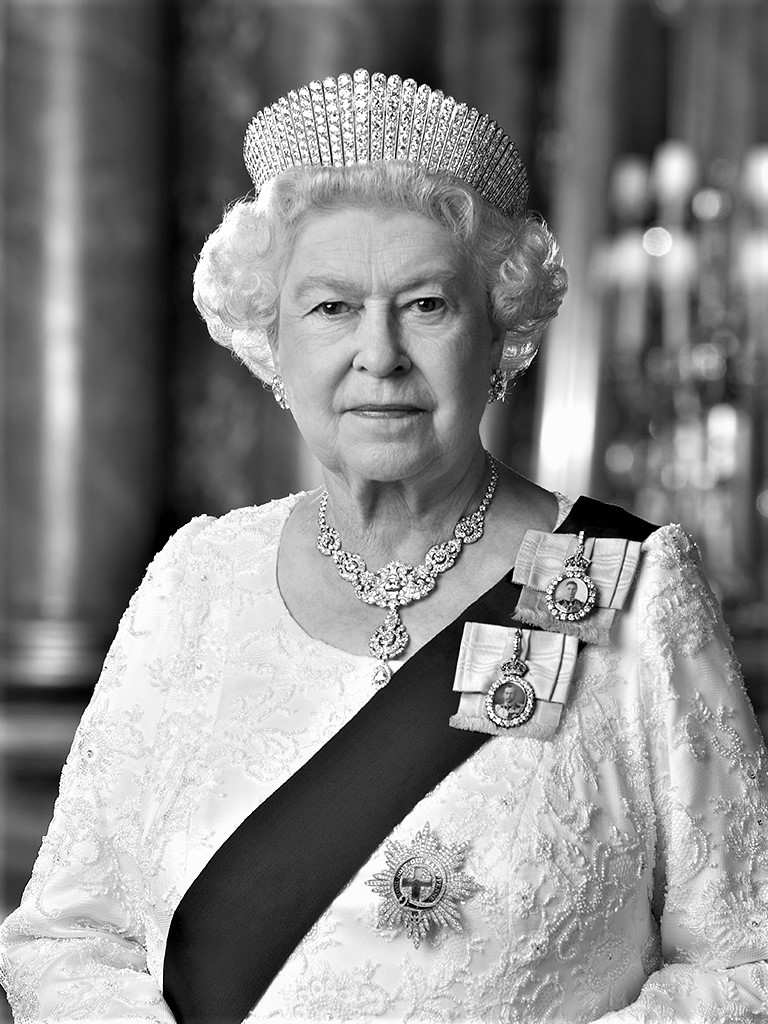Moderate intensity activity includes things like brisk walking, steady cycling, ice-skating or active play.
Vigorous intensity activity includes activities like running, fast cycling, swimming laps, jumping or climbing obstacles.
The 60 minutes activity does not need to be done all at once. It can be spread across the whole day by doing several shorter amounts of activity.
If you are currently inactive, you should gradually increase the amount of physical activity you do to eventually achieve the 60 minutes a day target. If your diabetes is poorly controlled then better control is needed before becoming more active. This can be discussed with the team.
Activities that are beneficial
If your diabetes is controlled, you can take part in any physical activity. Aerobic or continuous activities (like walking, swimming, dancing or cycling) are the best and help maintain a healthy weight.
These types of activities also have the advantage that you can control how long you do the activity for and how intensely you do it.
Activities that may be challenging
Long distance running or cross-country running requires a lot of energy and cause some children and young people to become hypoglycaemic. However with the necessary adjustments to insulin and food intake there is no reason why you should not take part.
Adventure sports or outdoor activities such as rock climbing, abseiling and scuba diving take place in potentially dangerous environments. Children and young people need to have stable blood glucose levels to take part in these activities, as you need to be alert and have good co-ordination.
Diabetes and your health: keeping active

All young people aged 5-17 (with or without diabetes) should do at least 60 minutes of moderate to vigorous intensity physical activity every day. Don’t let diabetes be an obstacle to being active. Many Olympic athletes, professional athletes, footballers and high level sports men and women have diabetes.
Because everyone is different, it is difficult to make generalisations. Therefore it is important to have an individualised plan that the diabetes team can help you with. If you are interested in learning more, then there are lots of resources available via the links at the bottom of this page.
Because everyone is different, it is difficult to make generalisations. Therefore it is important to have an individualised plan that the diabetes team can help you with. If you are interested in learning more, then there are lots of resources available via the links at the bottom of this page.
Types of Activity


